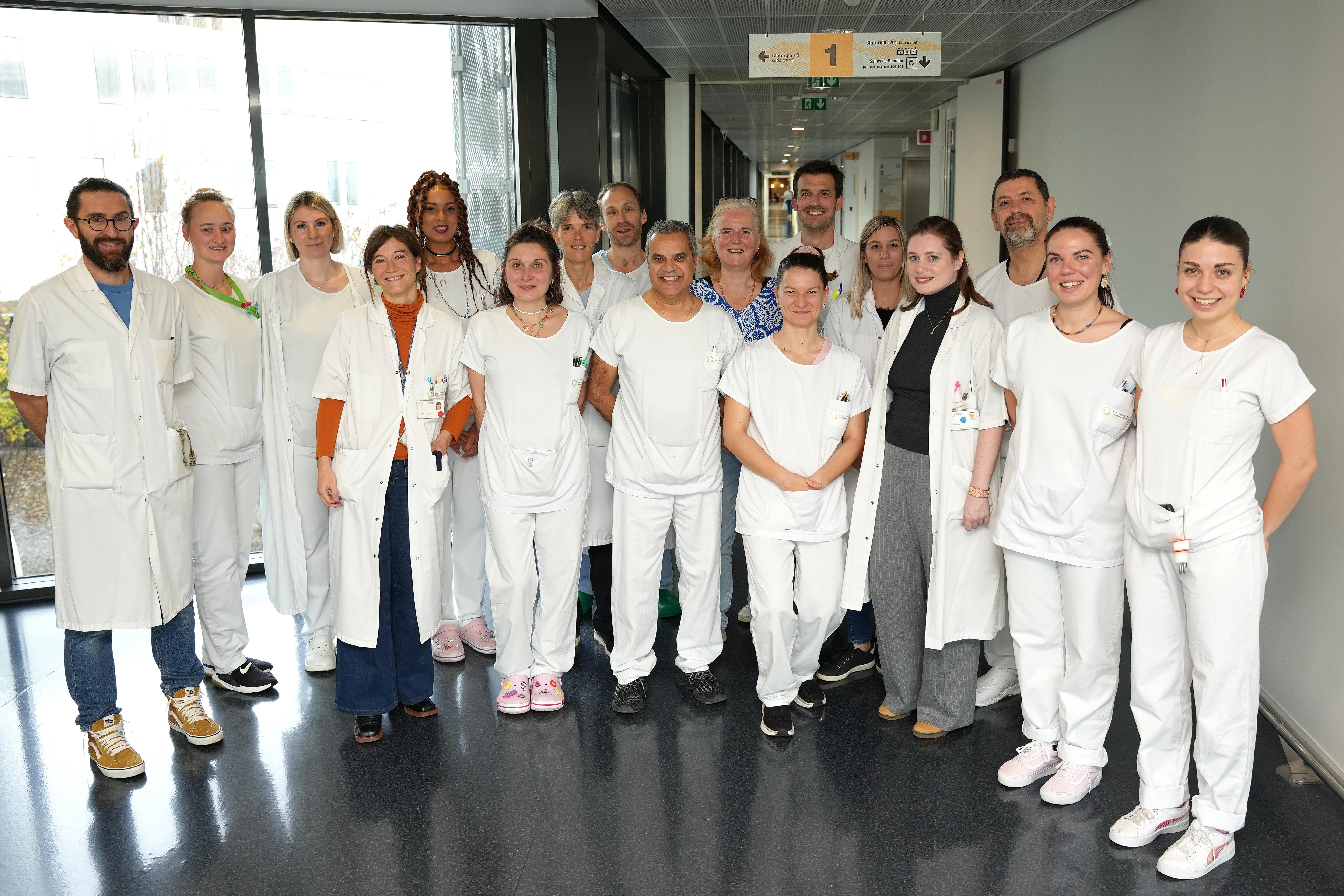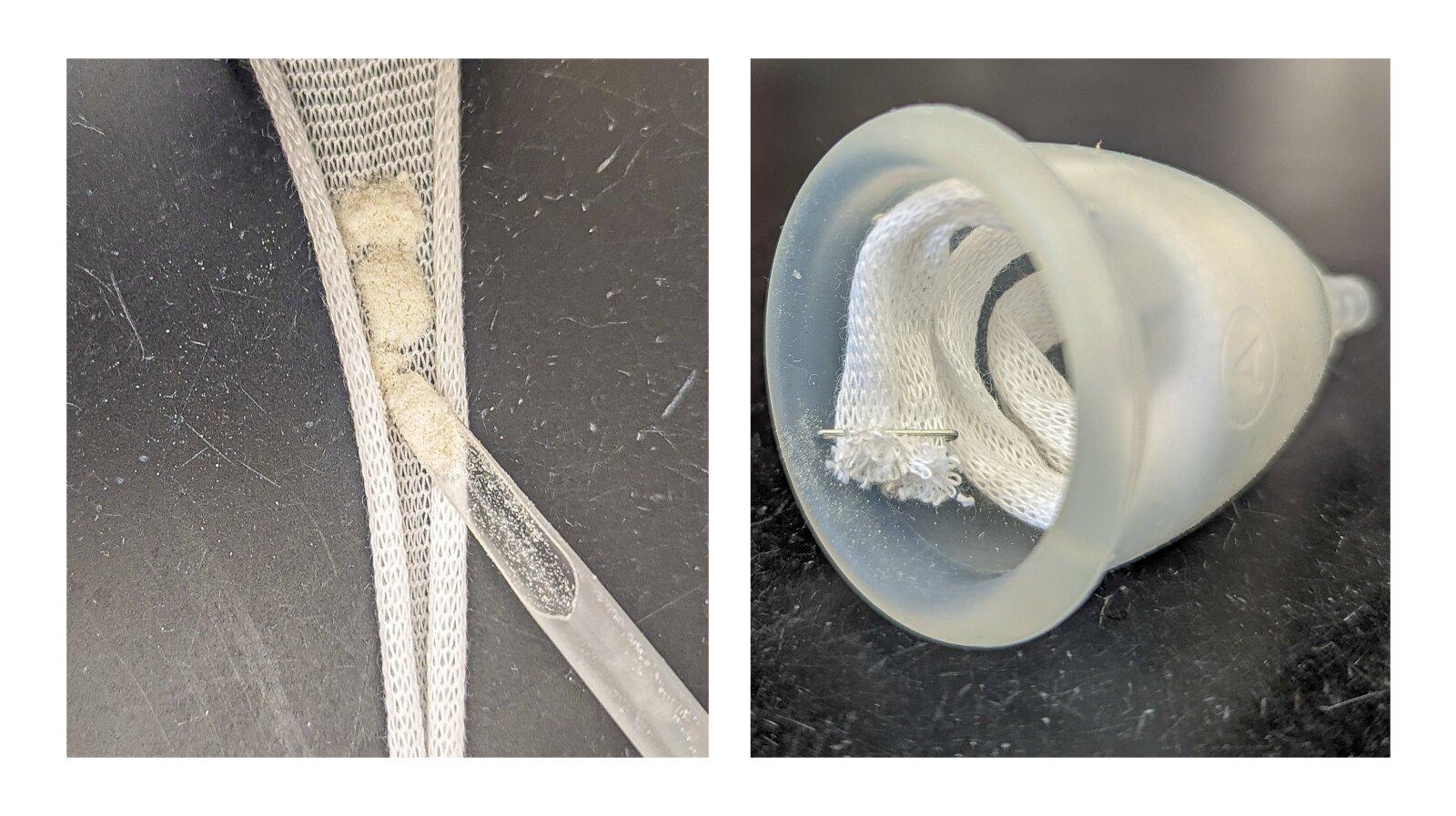Research is inspired by the legs of the wandering spider to design ultra-strong but reversible medical adhesives.

- Researchers studied the thousands of hairs on the wandering spider’s legs and found that each exhibited unique adhesive properties.
- They now want to draw inspiration from this discovery to design a powerful adhesive nanostructure that can be removed without residue.
Does the future of medical adhesives such as bandages or plasters lie in the hairs of spider legs? This is what an astonishing study published in the journal Frontiers in Mechanical Engineering. Its authors, from the University of Kiel in Germany, explain that they were inspired by the hairs on the legs of a species, the wandering spider Cupiennius salei, to design powerful but reversible bio-inspired adhesives. For now, this innovation is still at the experimental stage.
Unique adhesive properties
Why take inspiration from the wandering spider? Because the legs of this species of spider are made up of nearly 2,400 tiny hairs a hundredth of a millimeter thick. Led by Dr. Clemens Schaber, the researchers took a sample of these hairs and then measured their adhesion to a range of rough and smooth surfaces, including glass. They also looked at the effectiveness of the bristles at different contact angles.
“When we started the experiments, we expected to find a specific angle of best adhesion and similar adhesive properties for all individual attachment hairs, explains Dr. Schaber. But surprisingly, the adhesion forces differed widely between individual hairs. For example, one hair adhered better at a low angle to the substrate, while the other behaved better near the perpendicular.“
To understand why each hair exhibited unique adhesive properties, they examined them under a powerful microscope. They then found that each of them had clearly different – and hitherto unrecognized – structural arrangements. These uniquely structured hairs explain the ability of these spiders to climb so many different types of surfaces without falling, even upside down.
Multiple applications in the medical field
The researchers’ objective is now to be able to draw inspiration from the properties of spider hairs to design a powerful adhesive nanostructure, which can be removed without residue.
“Although it is still very difficult to fabricate nanostructures like those of the spider – and especially to achieve the stability and reliability of natural materials – our results can optimize existing models of reversible and residue-free artificial adhesives, says Dr. Schaber. IThe principle of different shapes and alignments of adhesive contacts, as found in the spider attachment system, can improve the attachment capacity of bioinspired materials to a wide range of substrates with differing properties.”
.















-1664960453.jpg)